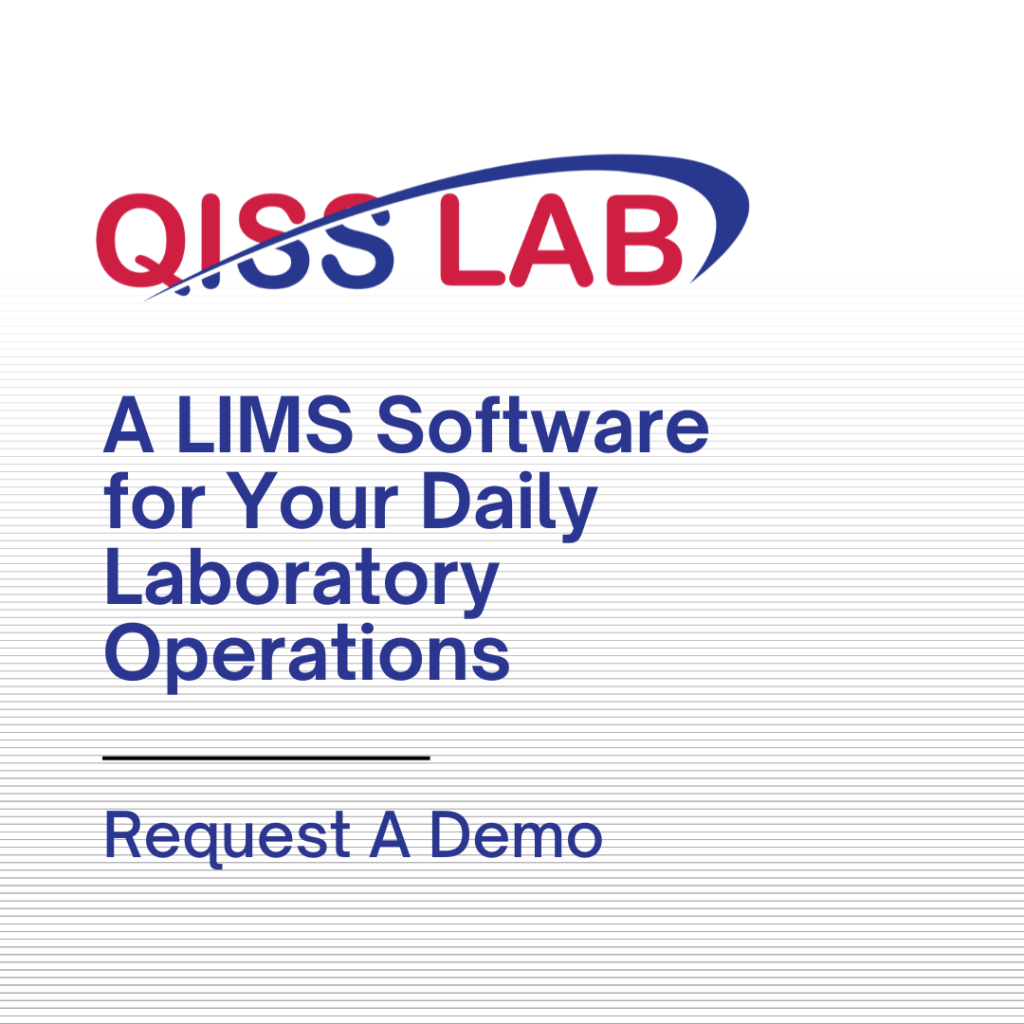In today’s rapidly advancing world, laboratories are under increasing strain, facing overwhelming workloads and mounting pressure to deliver faster, more accurate products and results while maintaining high-performance standards. But we know all this can be a little difficult to ensure with just an outdated manual management system, which is why the benefits of LIMS (Laboratory Information Management Systems) have become indispensable.
Today’s modern laboratories have leaned into integrating digital tools such as LIMS to expedite and ease their work. If you’re looking to optimize your lab’s workflow, exploring LIMS could be a valuable next step.
Understanding Regulatory Compliance and its importance
Regulatory compliance in a lab basically means following the rules set by local and international authorities to make sure everything you do is safe, accurate, and trustworthy. And when those rules aren’t followed? It can lead to some serious consequences—fines, product recalls, legal trouble, or even risks to public health. The tricky part is that staying compliant isn’t always easy, especially when you’re trying to juggle everything manually. Paper records, scattered spreadsheets, forgotten signatures—it’s a lot to keep track of. That’s exactly where LIMS comes in and makes life a whole lot easier. By considering digital solutions like LIMS, labs can stay ahead of regulatory requirements with greater ease.
What is LIMS?
LIMS or a Laboratory Information Management System is a digital solution created to ensure the smooth running of laboratory management and operations. It automates data entry and tracking samples, manages workflows, and ensures accurate documentation. It facilitates laboratories to maintain data integrity, improve efficiency, and meet industry-specific regulatory requirements by providing a centralized platform for information management and compliance monitoring.
The Primary Advantages: LIMS Makes Regulatory Compliance Easier and Stronger
Let’s dive into the main perk—how LIMS directly supports regulatory compliance. While LIMS brings many benefits to the table, compliance is where it truly proves its worth.
1. Data Integrity and Traceability
Regulators love traceability—and LIMS delivers just that. It automatically tracks every action taken within the system: who did what, when, and why. This is called an audit trail, and it’s non-negotiable in a compliant lab.
2. Reliable Documentation and Record Management
Manual documentation is often prone to errors, omissions, and inconsistencies. LIMS eliminates these risks by centralizing all records in a secure digital system, where data is automatically logged and easily retrieved when needed.
This becomes especially valuable during regulatory inspections. Instead of sifting through paper files and spreadsheets, laboratories can produce complete, well-organized compliance reports in just a few clicks—saving time and reducing the likelihood of non-compliance findings.
3. Enforcing Standard Operating Procedures (SOPs)
Many compliance violations occur when laboratory staff deviate from established protocols. LIMS helps enforce SOPs by embedding them directly into the workflow. It ensures that tasks are completed in the correct order, by authorized personnel, and with appropriate documentation at each step.
For example, if a particular test must be completed before releasing a result, the LIMS system can be configured to prevent further actions until that test is finished and validated. This built-in control mechanism reduces human error and promotes consistency, which is a fundamental requirement for regulatory compliance.
4. Simplifying Audit Preparation
Regulatory audits can be stressful and time-consuming—especially when documentation is scattered or incomplete. One of the most appreciated features of LIMS is its ability to maintain continuous audit readiness.
The system generates comprehensive reports aligned with regulatory frameworks and maintains a digital log of all activity. Whether it’s a surprise inspection or a scheduled audit, laboratories can demonstrate compliance quickly and confidently, reducing disruptions and avoiding penalties.
5. Data Security and Access Control
Compliance isn’t just about process—it’s also about protecting sensitive data. LIMS provides robust security features, including role-based access control, electronic signatures, and system validation tools. These controls ensure that only authorized personnel can access or modify data, reducing the risk of internal breaches or unauthorized changes. In regulated environments where data confidentiality and integrity are paramount, this level of security is essential for both compliance and trust.
Additional benefits of incorporating LIMS in labs
While regulatory compliance is a major driver for adopting LIMS, the system brings several other advantages that contribute to overall lab efficiency and quality:
Improved Productivity:
One of the most obvious advantages of using a LIMS is the notable enhancement in productivity. By automating repetitive and routines tasks such as logging, result entry, etc, LIMS cuts down the manual workload of the lab workers. This allows scientists, analysts and technicians to focus more on essential activities such as data interpretation, troubleshooting, or research and development. LIMS can also minimize delays caused by manual errors or missing information, leading to faster testing and reporting.
Enhanced Collaboration:
In modern laboratories, collaboration is often distributed across departments, facilities and even different geographical locations. A LIMS serves as a centralized data reservoir that allows authorized users to access, share and update information in real-time, regardless of where they are located. This fosters better communication between teams, reduces duplication of work and ensures that everyone is operating with the latest data.
Instrument Integration:
Manual transcription of instrument results into spreadsheets or reports can be time consuming and introduce room for human error. A LIMS can be merged directly with lab instruments and equipment, enabling automatic and accurate data transfer from the source. This merge ensures that exact results are recorded in real-time, preserving data integrity and minimizing the potential for deviation. It also helps maintain compliance with regulatory standards that require accurate and validated data handling. Moreover, automated instrument linking reduces the administrative burden on lab staff, increasing overall operational efficiency.
Cost Efficiency:
The long term return of using LIMS is highly beneficial even if the initial investment can be significant. By cutting down paperwork, manual data entry and administrative oversight, labs can also cut down their operational costs by a big margin. The time saved through automation translates directly to labor cost reductions and the improved accuracy reduces the expense of rework or failed audits. More significantly, LIMS helps solve the financial risks linked with non compliance. Fines, legal disputes and reputational damage can be costly- by guaranteeing that data is accurate, traceable and compliant with relevant regulations, LIMS brings out a protective layer that can prevent these costs before they occur.
In conclusion, a Laboratory Information Management System (LIMS) provides a transformative strategy for laboratory regulatory compliance. Through improved data integrity, automated workflows, and real-time monitoring capabilities, LIMS supports not only compliance processes but also reduces the risks associated with non-compliance. The potential for integration with other systems, customizable workflows, and support for continuous improvement only accentuates its worth amid a fast-paced and ever-evolving regulatory landscape.
With laboratories under constant scrutiny and regulations continually evolving, harnessing the power of LIMS can help them uphold quality and compliance standards high and build trust with stakeholders while ensuring they operate at peak performance. Embracing LIMS is not just a strategic investment in technology; it is a commitment to upholding the integrity and reliability of laboratory operations in an increasingly complex regulatory environment.
For further information on the benefits and implementation of LIMS, please contact us.



